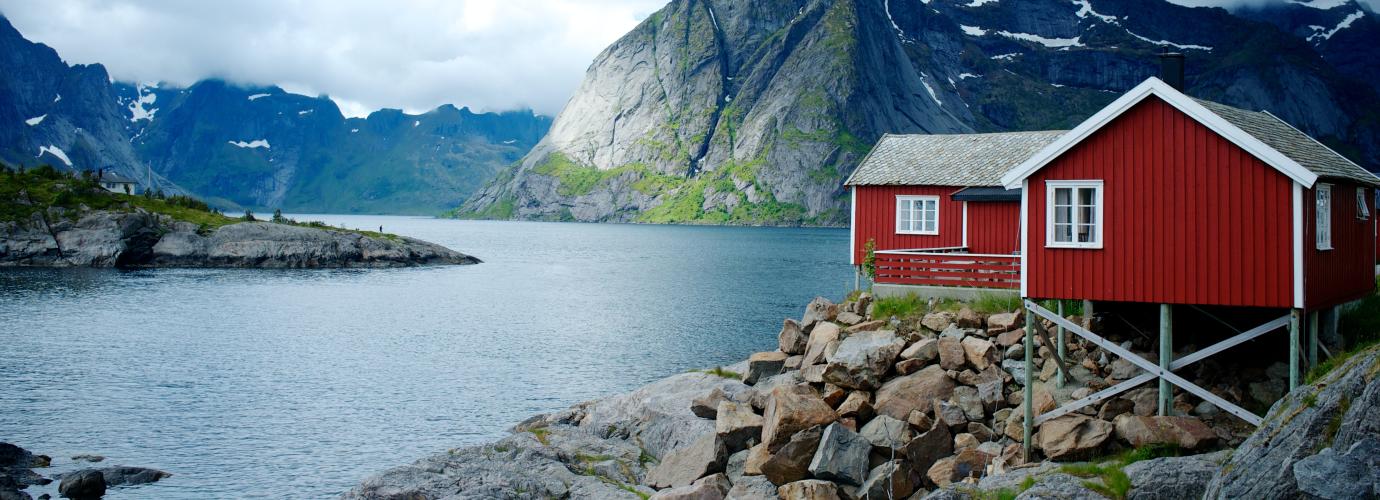In Norway, there is a long tradition for combining primary and lower secondary education in a comprehensive and compulsory school system with a common legislative framework and a national curriculum. This chapter will deal with both levels in a single structure.
From 1997, Norwegian children start school during the calendar year of their sixth birthday. Compulsory education covers 10 years and comprises two stages: primary school (1–7) and lower secondary school (8–10).
No formal division is made between the stages. Some schools cover all compulsory education, while others are purely primary schools or lower secondary schools.
Compulsory schools are administered by the municipalities. The County School Governors (Statsforvalteren) are responsible for the overall follow up and counselling services of all schools, both compulsory and privateschools, on behalf of the national school authorities. Private schools (grant-aided) are funded by the national school authorities subject to certain requirements.
New subject curricula for primary, lower secondary and upper secondary school have been implemented from the school year 2020/2021, within the framework of the cirruculum reform Subject Renewal 2020. The new National Curriculum covers primary and lower secondary education and includes both general and vocational upper secondary education. New subject curricula for the Sami districts have also been developed according to the new principles of the reform Subject Renewal 2020.
Specific legislative framework
Public primary and secondary education are administered and managed according to the Education Act 2023 and regulations to the Education Act.
The Act also concerns fully private primary and lower secondary schools and private tuition at home at the primary and lower secondary levels.
The National Curriculum (LK 2020) has status as a regulation to the Education Act. The Sami Curriculum 2020 also has status as a regulation to the Education Act. Furthermore, the Framework for Distribution of Teaching Hours per Subject is a regulation of the Act. The framework plan for out-of-school-hours-care (SFO) has status as a regulation under section 4-5 of the Education Act and applies to all out-of-school-hours-care that is covered by this provision.
General objectives
The Education Act gives all children the same statutory right to 10 years of schooling (compulsory) and three years of upper secondary education, or longer, normally four years, of vocational education. Upper secondary education is voluntary.
All schools shall:
- Give all pupils an equal opportunity to develop their abilities individually and in cooperation with others.
- Stimulate pupils’ motivation, perseverance and curiosity.
- Stimulate pupils’ development of their own learning strategies and of their capacity for critical thought.
- Stimulate pupils’ personal development and identity, and assist them in the development of ethical, social and cultural competence, and democratic understanding and participation.
- Encourage pupil participation, and enable pupils to make conscious value judgments and decisions on their educational needs and future work.
- Promote adapted teaching and varied working methods.
- Stimulate, exploit and develop the individual teacher’s competence.
- Contribute to teachers being evident leaders and role models for children and young people.
- Ensure that the physical and psycho-social learning environment promotes health, joy and learning.
- Prepare for cooperation with the home and ensure parents’/guardians’ co-responsibility in the school.
- Prepare for the local community to be involved in education in a meaningful way.

